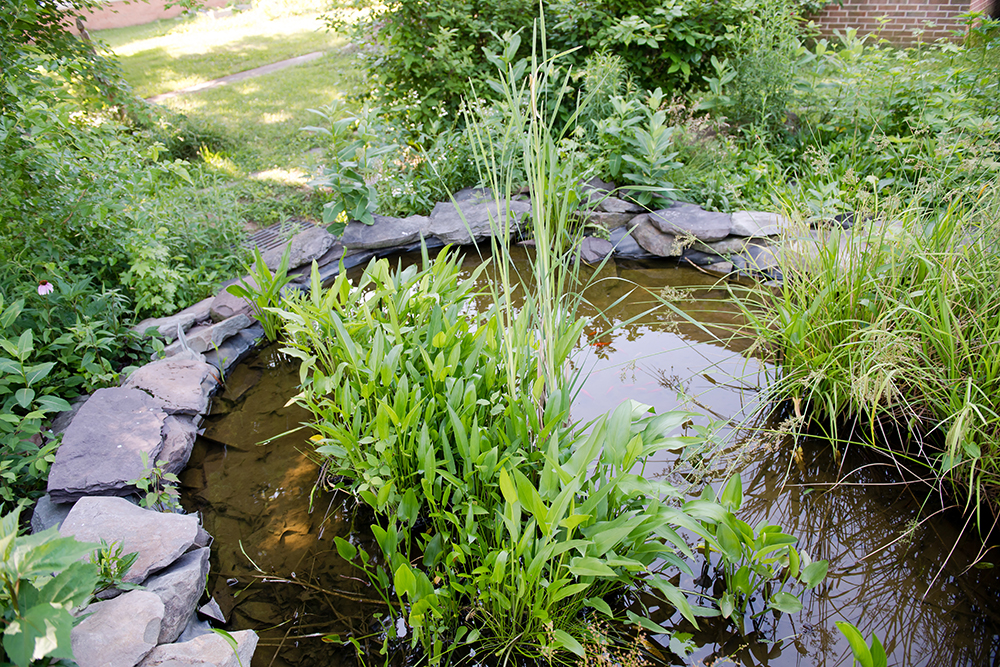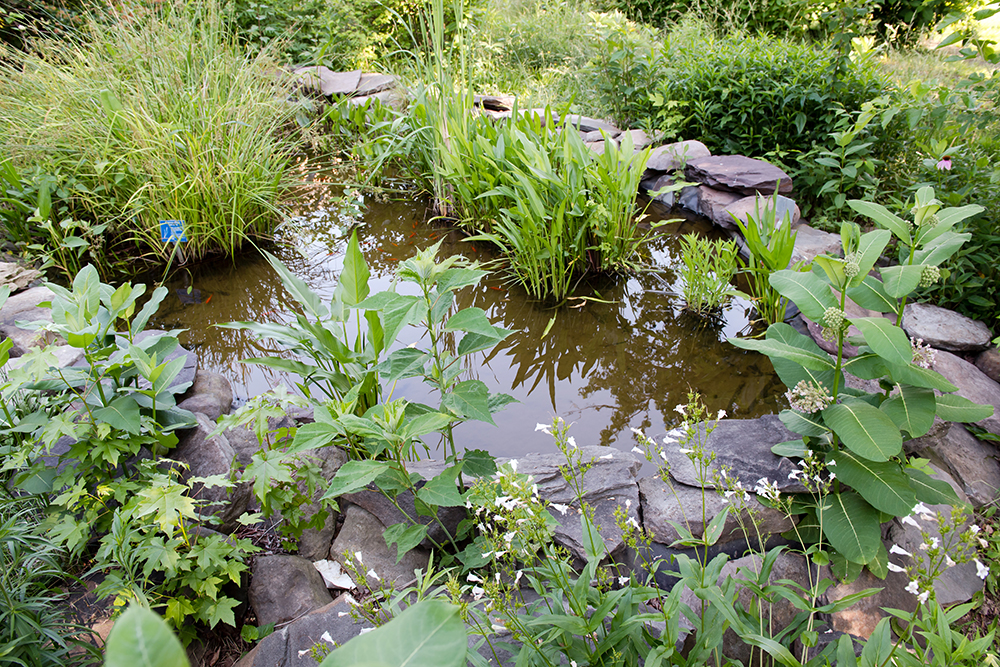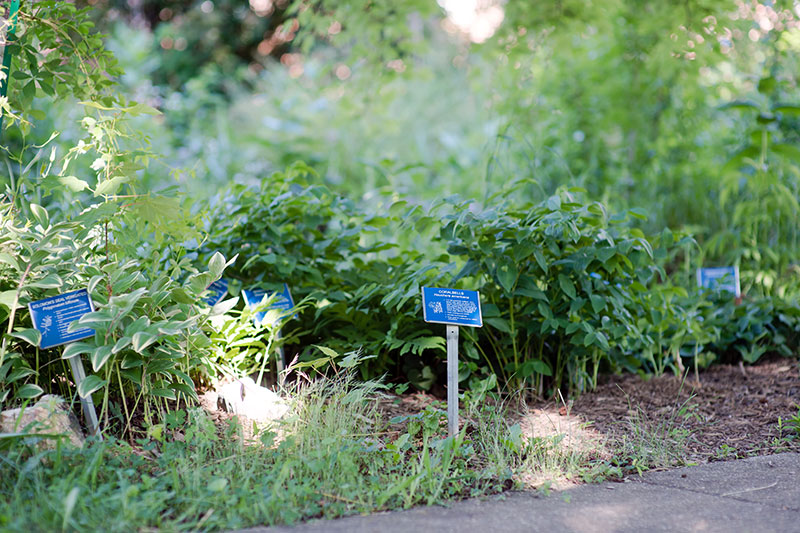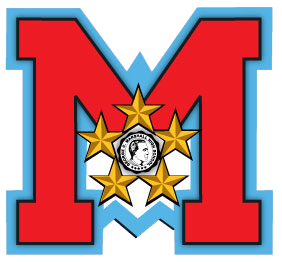GCM Native Species Garden
What makes Marshall HS so green?
Native Species Garden/Urban Wildlife Habitat
With habitat disappearing at an alarming rate, we can help provide wildlife with an oasis of the habitat they need to thrive. The native plants that we have planted here can meet the needs, including food and cover, of native wildlife without causing long-term damage to local plant communities. With the diversity of native plants in our urban landscape, we provide:
- Protective cover for many animals.
- Seeds, nuts, and fruits for squirrels and other mammals.
- Seeds, fruits, and insects for birds.
- Nectar for hummingbirds and butterflies.
- Larval host plants for butterfly caterpillars.
This garden is now an outdoor classroom for science and non-science classes.
Features of the garden:
Identification signs:
Information such as common and scientific names, unique characteristics of the plants, and their value to wildlife is included.
Pollinator gardens:
- Many of the plants were chosen because of their value to pollinator species. For example:
- Milkweed is the sole source of food for monarch butterfly larvae. The monarch population numbers have decreased by as much as 90% in the last few years, due in large part to the effects of using herbicides such as round up on agricultural fields near stand of milkweed.
- The bronze fennel is a host plant for swallowtail butterflies.
- The coral blooms of the native honeysuckle climbing up the trellis attracts hummingbirds and other pollinators.
- The large, bushy, false indigo plant that is growing out over the sidewalk not only attracts pollinators with its vibrant blue flowers in spring but is also a legume that adds nitrogen to the soil.
Spring ephemeral garden:
- These wildflowers take advantage of warmer temperatures and increased light before the leaves emerge in spring to go through a period of rapid growth and development, producing flowers and making seeds.
- The Virginia Bluebell, the state flower of Virginia, can be seen here in early spring.



Ponds
This water feature provides habitat as well as water for birds and other animals
The New Meadow:
- a citizen science project in which Marshall HS students collaborated with the Northern Virginia Soil and Water Conservation District.
- They investigated the value of planting daikon radishes to improve the characteristics of compact urban soils.
- The improved area was planted with a variety of native species.
Native Trees
- Native trees were planted in conjunction with a former business partner, Acacia Federal Credit Union.
- The trees include the red bud tree in the round garden near the entrance. The red bud has symbiotic nitrogen-fixing bacteria living in nodules on its roots, so it adds nitrogen to the soil.
- There are also oak, sassafras, serviceberry, and dogwood, the Virginia state tree.
Farm-to-table: veggies and herbs
Spiral herb garden:
- Each herb is planted in a specific part of the spiral.
- To take advantage of drainage, those plants tolerating dryness are planted at the top of the spiral, while those needing more moisture are planted near the bottom.
Raised vegetable gardens:
- Tomatoes, peppers, cucumbers, squash, watermelons can be harvested and enjoyed by students and staff.
Garden maintenance is done by student members of
EarthForce and the Native Species Garden Club

